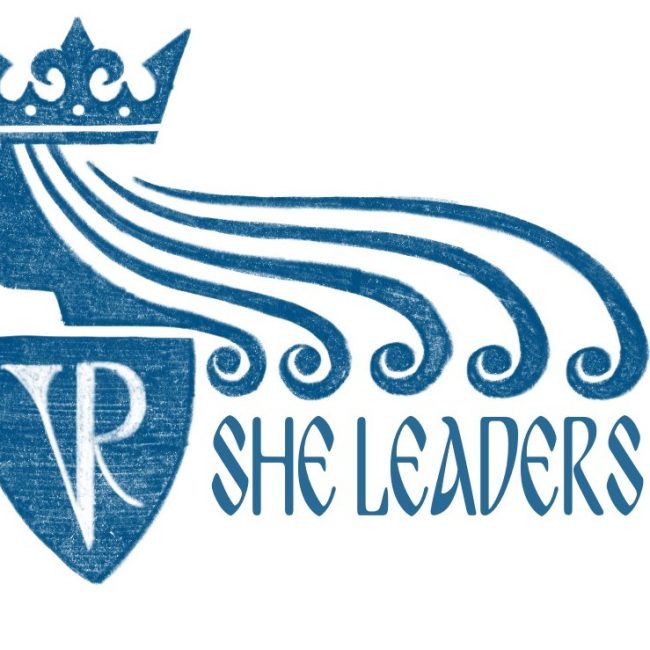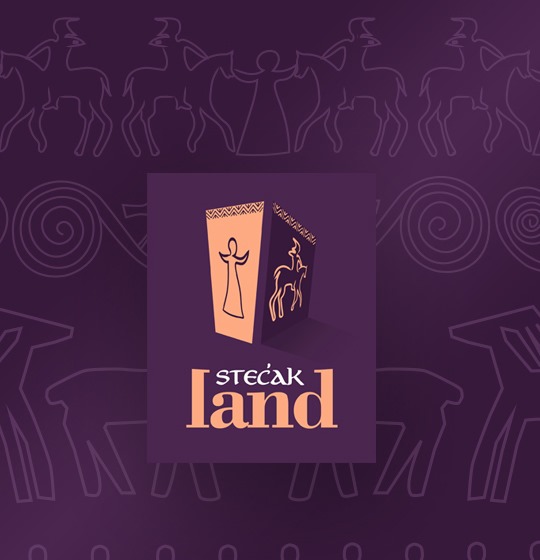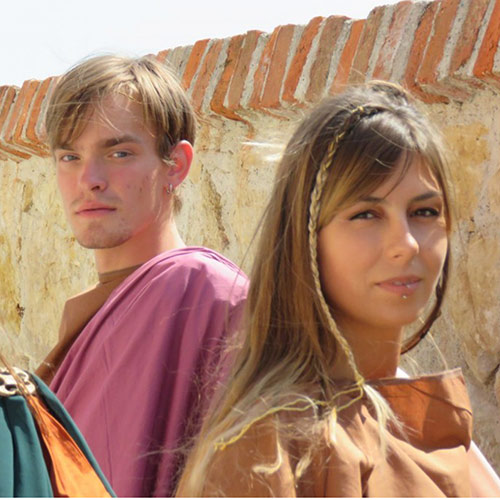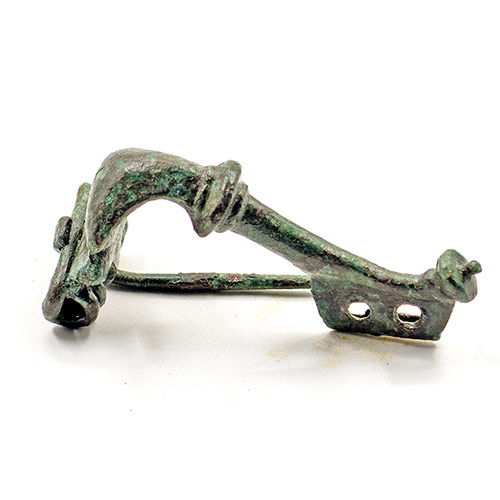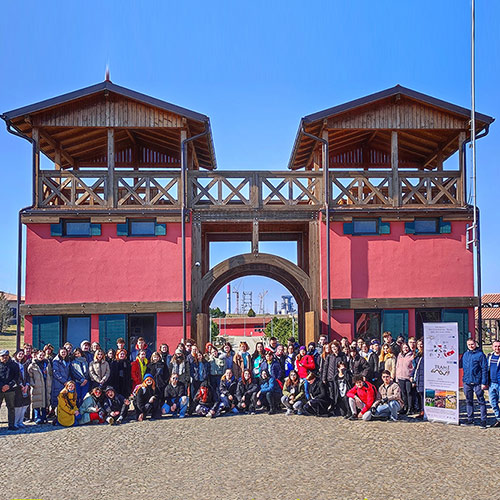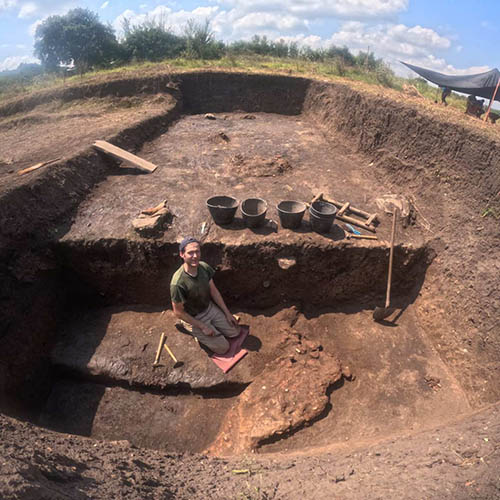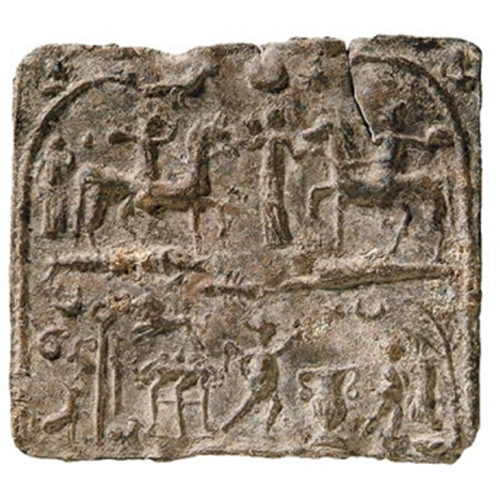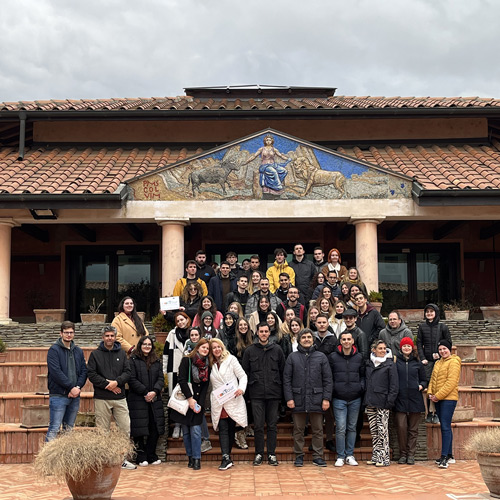-
SHELeadersVR – Life and environment of Women Leaders in Western Balkans History in Virtual Reality (2022–2025)
SHELeadersVR is a project dedicated to the life and environment of Women Leaders in Western Balkans History in Virtual Reality. From the Creative Europe programme (2022-2025), this project unites and is co-financed by partners from Bosnia and Herzegovina, Ireland, Montenegro, and Serbia, together with experts from North Macedonia and Albania.
-
Interpreting Art of Mysterious Medieval Stećak Tombstones through Virtual Reality (StećakLand),
Monumental medieval tombstones called stećaks represent a Western Balkans regional phenomenon dated between the 12th and 16th centuries. These monuments feature a wide range of decorative motifs, scenes and inscriptions that represent iconographic continuities from Antiquity as well as locally distinctive traditions of medieval peoples.
-
IMMERSIUM – Immersive Storytelling Driven Cooperation for Cultural Heritage Dissemination in Western Balkans
Project IMMERSIUM allows mobile phone users to experience life in three Roman archaeological sites: Viminacium in Serbia, Stobi in North Macedonia and Emona in Slovenia.
-
Dancing Histor(y)ies
“Dancing Histor(y)ies, Binding Communities and Heritage Through Dance” is a European project that aims to connect local communities and cultural heritage with contemporary dance. The project is co-financed through the Creative Europe call (Project ID: 101099222)
-
SEADDA
This project deals with archaeological databases throughout Europe that are considered to be available to everyone (free access), but that are not preserved or stored in an appropriate way. Considering the sensitivity of digital data, as well as the impossibility of restoring most archaeological research, there is a real danger that in the so-called Digital Dark Age a whole range
-
Садике за приходност
The Institute of Archaeology, as a partner institution that reaches young people, invited the Archaeological Student Club to take part in the project. The result of the project is a new experience for young people in organizing a thematic event related to cultural heritage and the revival of history, with eight completely newly conceived and implemented workshops, in which the
-
Glac project
The archaeological site of Glac is located along the Sava river, 4 kilometres from Sremska Mitrovica, on the road to the village of Jarak. In Late Antiquity, this space was on the outskirts (suburbium) of one of the capitals of the Roman Empire – Sirmium.
-
TRAME – TRACCE DI MEMORIA
The essence of this project is the dynamic relationship between the roles of identity and diversity, as well as cultures that have changed due to the acceptance of elements from other cultures. This project will allow high school students to discover and understand the value of cultural differences through the heritage left by peoples who once lived in the same
-
NEOTECH (Neolithic Technological Trajectories in the Balkans)
Међународни тим стручњака из Србије, Аустрије, Немачке и Велике Британије, као и бројни сарадници из земље из иностранства, предано раде на истраживању локалитета уз примену најсавременијих методолошких принципа и стандарда.
-
Jadar project
Мултидисциплинарни пројекат Јадар, одвија се од 2011. године у заједничкој организацији Археолошког института из Београда, Србија и Бруклин колеџа Градског универзитета у Њујорку, САД.
-
ASPECTS OF THE CULT OF THE SO-CALLED DANUBIAN RIDERS IN THE ROMAN PROVINCES
Representations of horsemen in Antiquity are known in different contexts, such as profane, sacred or funerary. The iconography and symbolism of equestrian performances imply a tradition of local beliefs and ritual practices that differ from area to area, but also in a chronological sense.
-
COOLTOUR
How should cultural heritage be promoted among younger generations, given it is an expression of complex historical, social and cultural circumstances, as well as part of a wider and complex relationship with the natural environment? How should we nurture the dialogue and interaction of youth with professionals who manage cultural heritage in our cities and countries?

Археолошки институт представља јединствену, централну научно-истраживачку установу у Србији која је посвећена археологији. Основала га је Српска академија наука и уметности 1947. године, а од 1961. је самостална установа.

